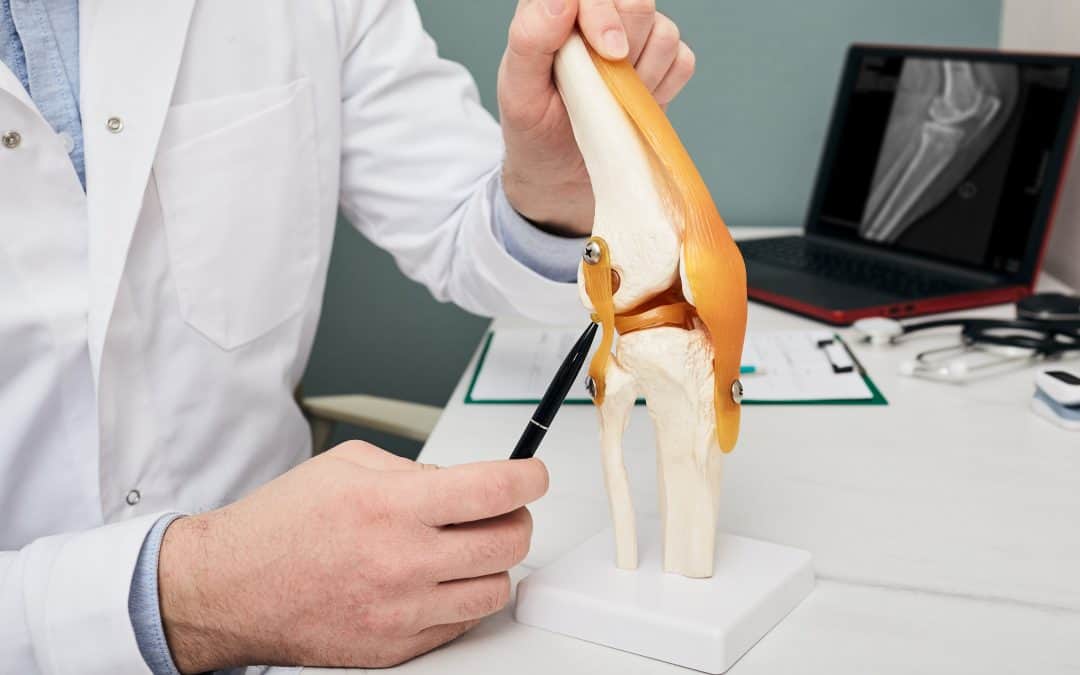What are the Meniscus?
The Meniscus are found within the knee. The knee is made up of three bones, the patella (kneecap), the femur (thigh bone) and the tibia (shin bone) as well as ligaments and cartilage. There are two sections of cartilage in the knee called the Meniscus. Together, these act as a cushion between the femur and tibia bones.
What are Meniscus Tears?
A Meniscus tear occurs when the meniscus cartilage breaks, this can sometimes involve a section of cartilage snapping off into the knee joint. A Meniscus tear can usually be identified by a distinctive popping sound and sensation at the time of the injury. Additionally, a Meniscus tear is usually painful, causing the knee to swell and become ‘locked’ in place. The Meniscus can tear for a number of reasons such as twisting, squatting, lifting or changing direction and therefore, a knee tear is a common injury among athletes (For further reading, read our post: Causes of Meniscus Injury).
Can Meniscus Tears heal on their own?
Like many injuries, there is not just one type of meniscus tear and each type of tear and its severity will depend on the level of treatment. Therefore, if you have a Meniscus injury, it is important to seek the advice of a medical professional as soon as possible, in order to determine the best line of treatment. Some tears which are in the outer third of the Meniscus can heal without surgical intervention, due to the abundance of blood flow to the area. However, some tears in this area of the meniscus still require surgery, so it is essential to consult with a doctor. Knee tears in the inner two-thirds of the Meniscus cannot heal without medical treatment.
How can you treat a Meniscus Tear?
The first step to treating a Meniscus tear is to be examined by a medical professional, this is usually done by an orthopaedic surgeon. This includes both a physical examination, where the knee’s range of motion, levels of pain and swelling will be assessed. Additionally, X-rays or MRIs may also be conducted to determine the location of the tear and its severity.
Once these examinations are complete, the orthopaedic surgeon will decide whether surgery or non-surgical treatments are the best option for the individual. Non-surgical treatments can include options such as anti-inflammatory medication, rehabilitation, and RICE (rest, ice, compression and elevation). For surgical treatments, the aim is often to repair or remove the damaged part of the Meniscus cartilage. Sometimes, this can involve a knee replacement, where Meniscus from a donor is used to replace severely damaged Meniscus.
If you are suffering from a Meniscus injury and are looking for a Perth knee specialist, Dr Jens Buelow is an experienced Orthopaedic surgeon who prioritises personalised care. To book an appointment, call our surgery on 9212 4200. If you are interested in finding out more information about recovery from knee injuries or rehabilitation techniques, read our recent blog posts.

